I never wrote about art, but after seeing this project, I realized, that I must to share it with you. The project that originally attracted me solely from a visual viewpoint, was also a work full of deep and simple meaning.
Japanese designer Isana Yamada presented to the audience his graduation art work entitled "Samsara". Six whales made of epoxy resin, inside which author placed the small world (dimension).

Samsara - is the basic concept of Indian philosophy signifying the birth and death of the soul in different worlds, karma determines in what world will fall the soul. The main goal for any soul is escape this cycle of rebirths and reach Nirvana.
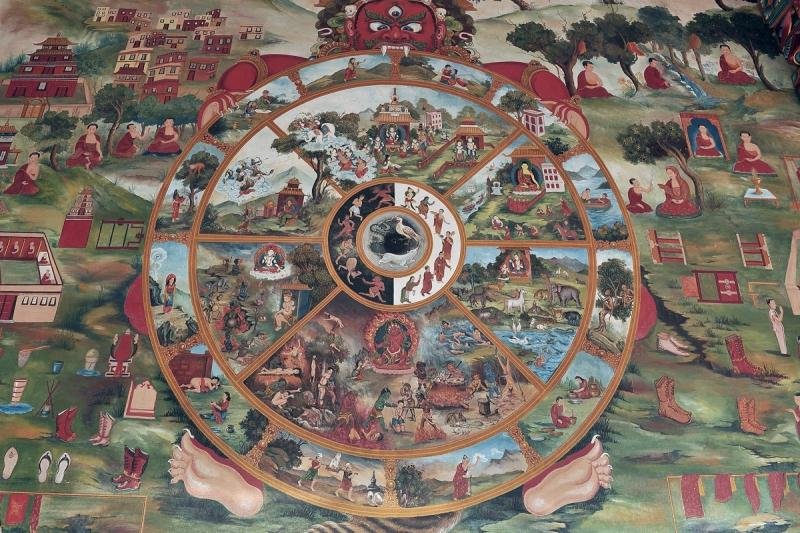
Each Yamada's whale is one of the 6 worlds of Samsara. For each of the worlds (whales), the artist used unique content that describes and characterizes the world, which whale represents. They are arranged one behind the other in a closed circle- is the Wheel of Samsara.
Let me introduce you to each of the dimensions a closer look, starting with the lowest. These dimensions are treated not as separate from our world, but as a state of human consciousness.
The World of Hellish Creatures (Naraka)
This place is ruled by hatred and anger. It is filled with Narakas, people who are being punished for their bad deeds in a past life. In Indian philosophy, hell is divided on two - cold and hot, each of them contains 8 circles, the last circle is the most painful.
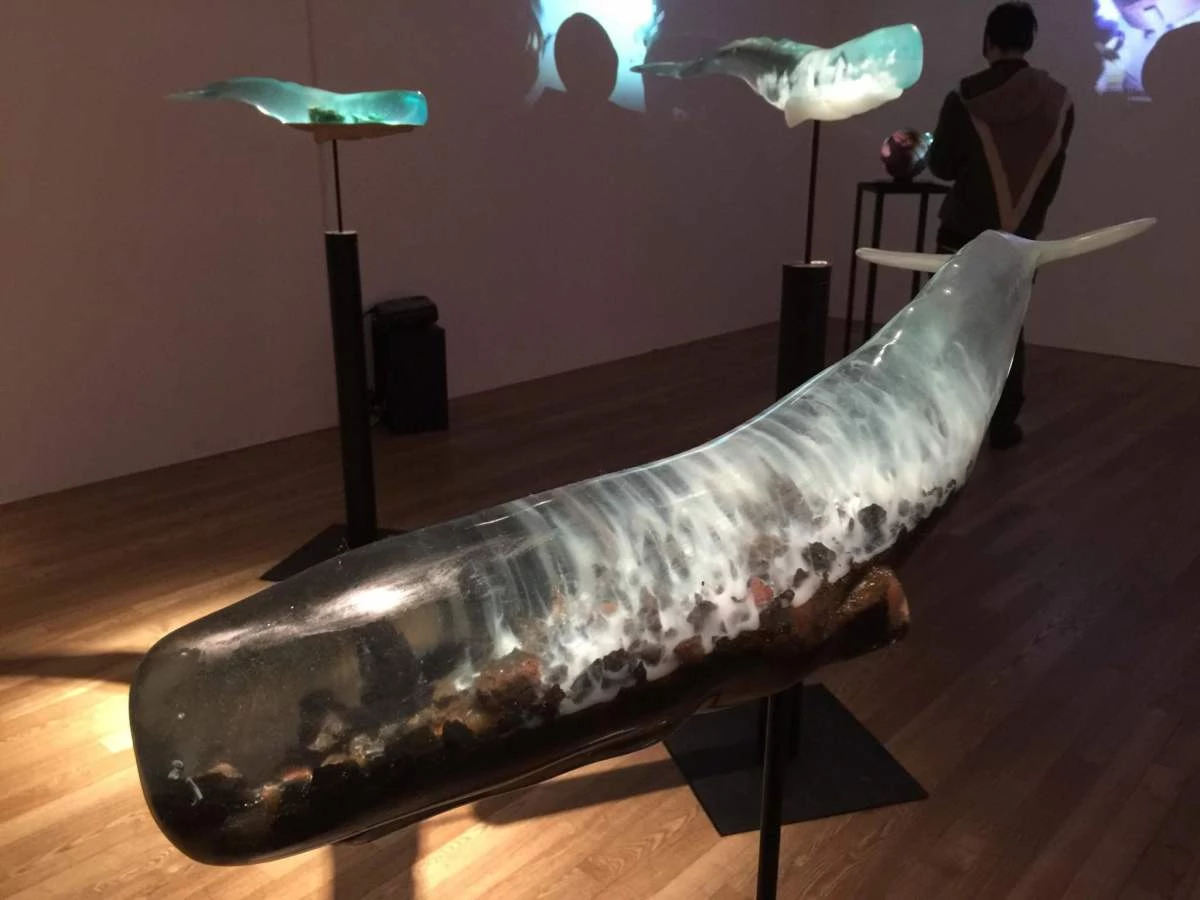
In the cold hell, the 8th circle is called the Great Lotus Hell. The whole body shakes from the cold and internal organs crack. The 8th circle in the hot hell is called "without waves", creatures are burned on continuous fire, their bodies burst and reappear.
The stay in hell is not eternal, it lasts as long as need to clean the karma of the beings. For example torments in the last circle last 339,738,624·10*10 years.
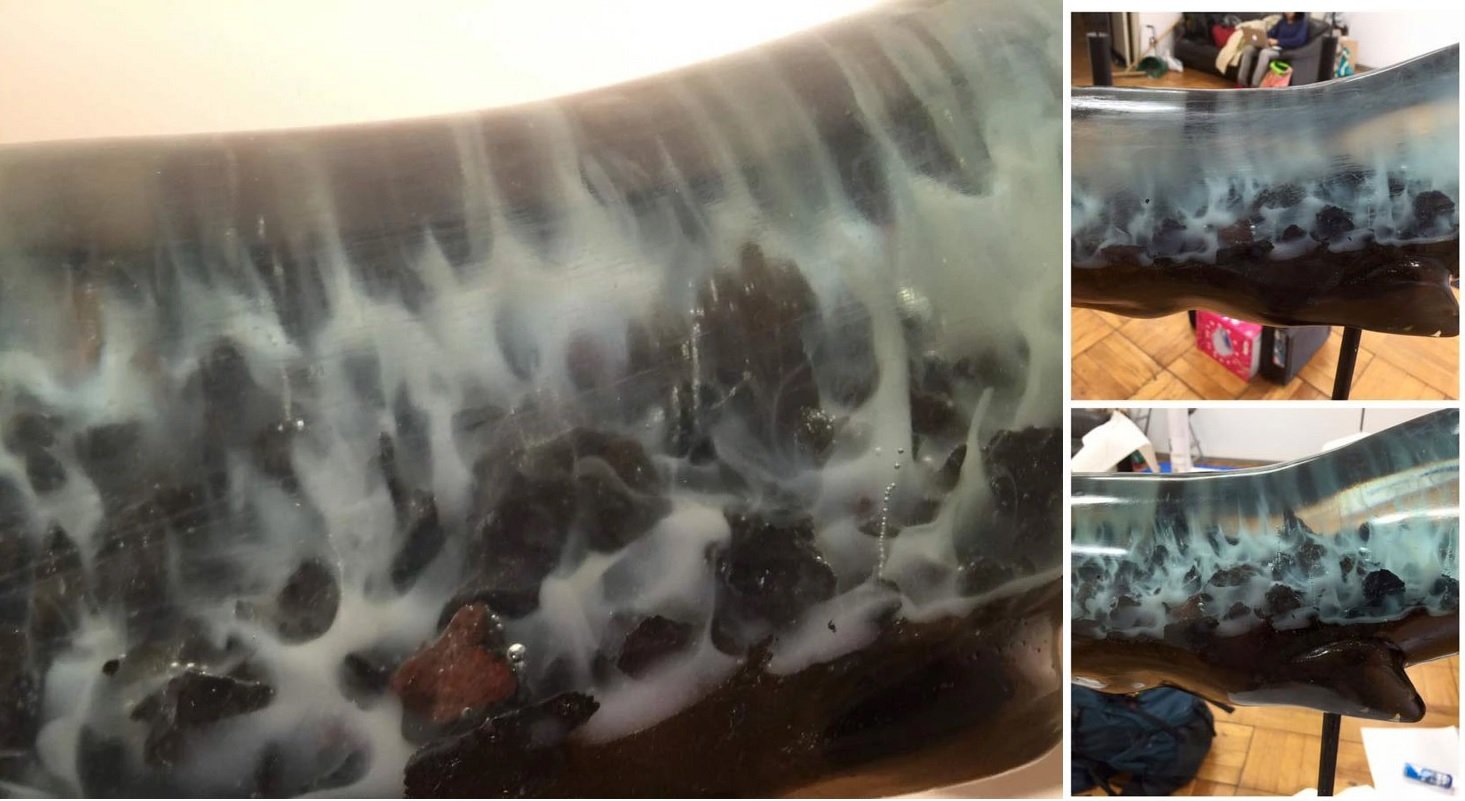
This whale is filled with volcanic rocks from mount Fuji, which symbolizes the intolerable conditions of existence.
The World of Hungry Ghosts (Preta)
This world is associated with an acute thirst, which is impossible to satiate or satisfy. Hungry spirits (preta) cannot enjoy food or drink. They look like burning trees with throat thick with the eye of a needle and with a belly the size of a mountain.
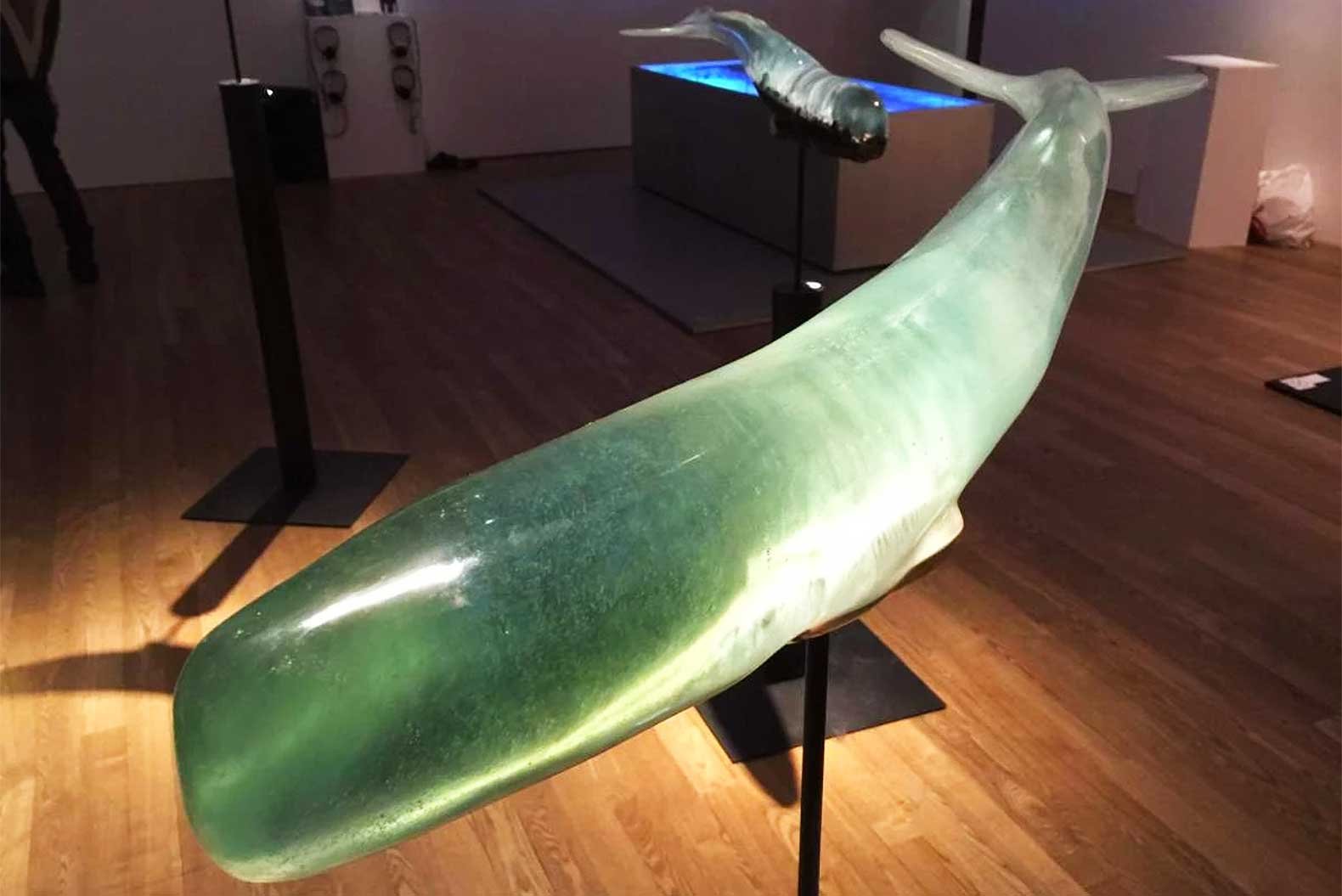
This world is a kind of purgatory designed for people who messed up their karma, envy, failure to give charity, greed. Their suffering will also continue to purify karma, after what they are reborn in another world.
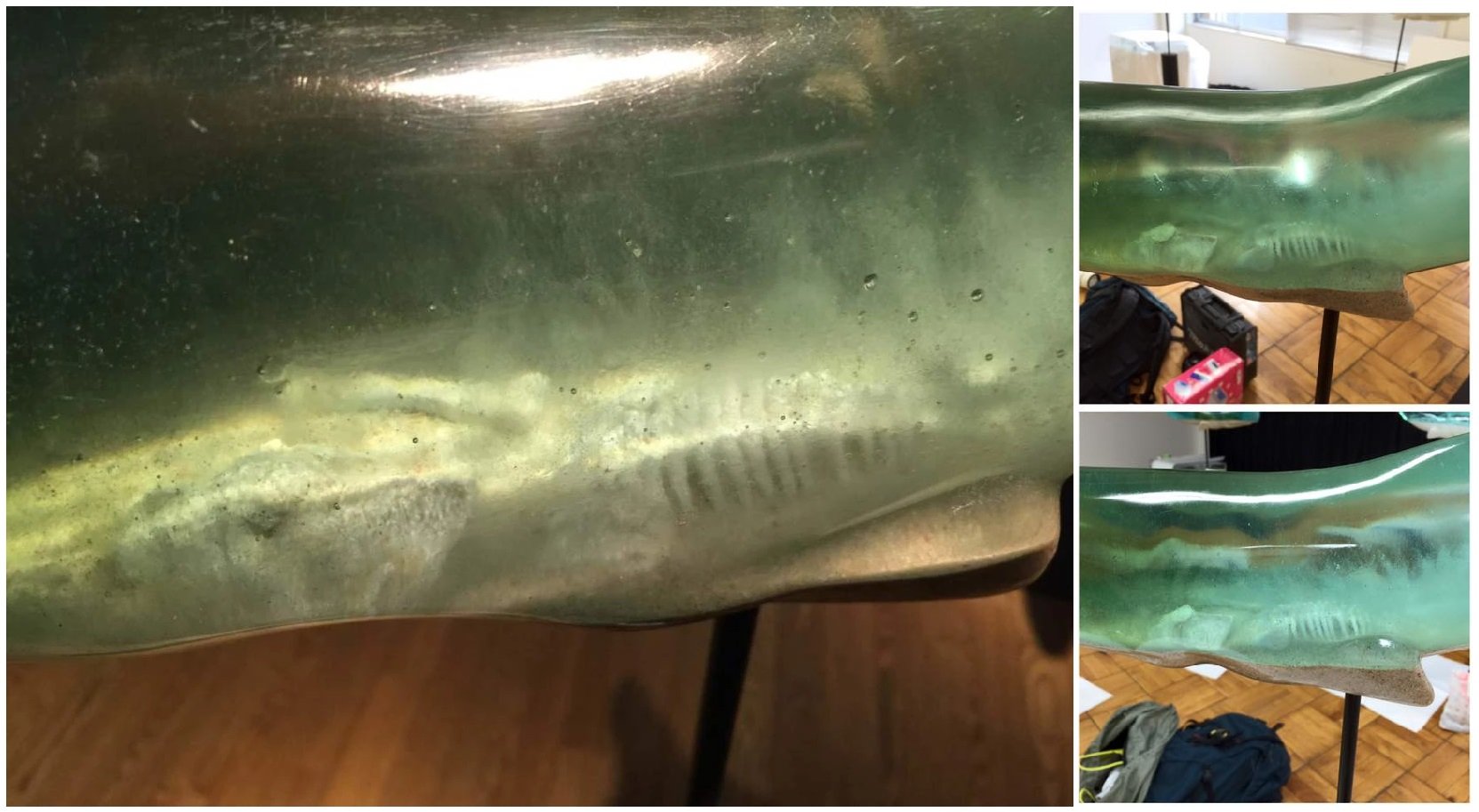
Inside of this whale Yamada put the bones of a polar bear that died from starvation, due to destruction of his habitat. Thus the artist described the greed which inherent in humanity, in the pursuit of wealth and power people destroy the environment and don't think about the consequences. At the same time the bear is preta, who is constantly hungry, but can not find food.
The World of Brutes
The animal world associated with fundamental ignorance and commitment to urgent and vital needs (cold, hunger, disorder). Animals constantly suffer, starve and are forced all the time to fight for survival.
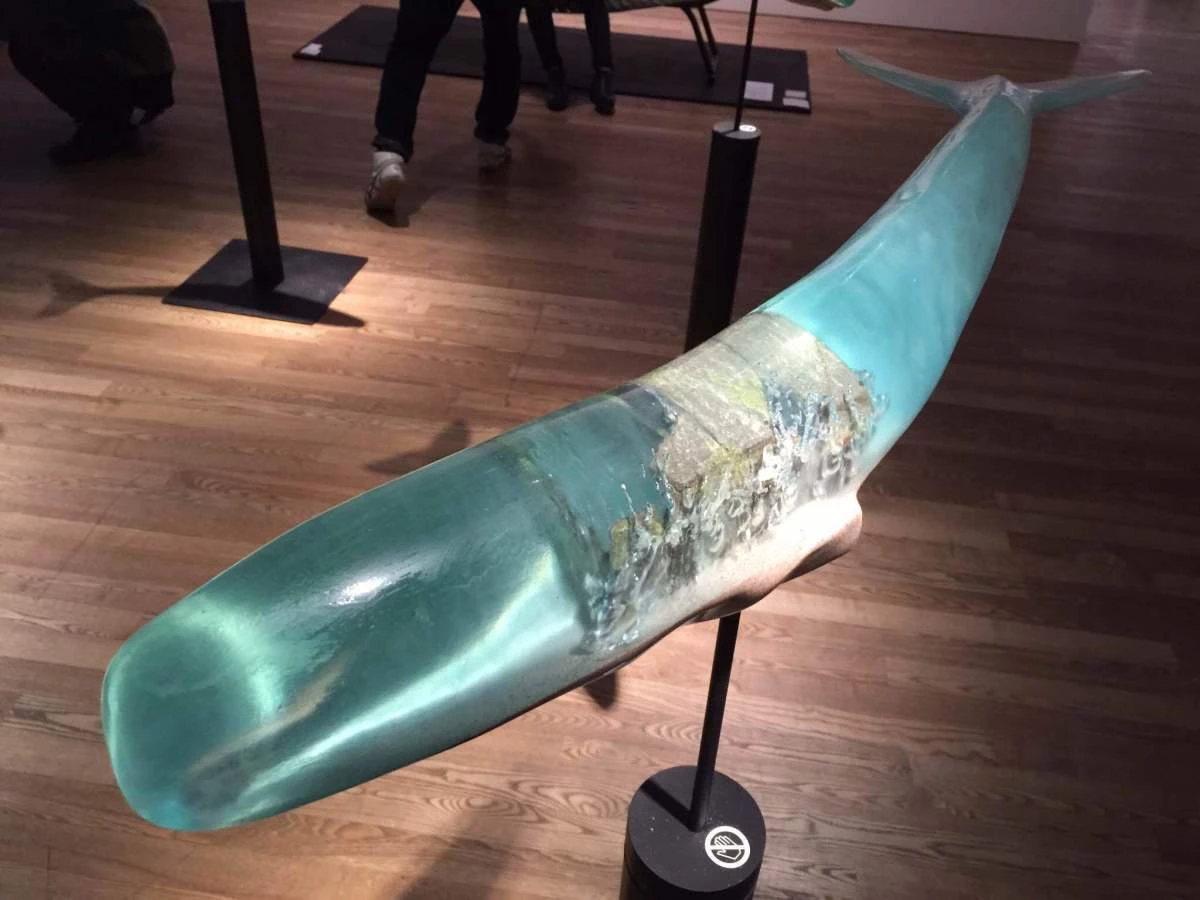
A locked cage is inside the whale, as a symbol of the limitations by the lower instincts and needs, which do not allow the soul to evolve. The cage is also a symbol of the state that can not develop the Buddha's teachings, and on the contrary constrains people, forcing them incorrect behaviors.

People living in the state as inmates in prison, which is controlled by others.
The World Of Men
Is characterized by desires, emotions and doubts. It's a big success to be in this world, because here the soul has the most chances to become a Buddha (enlightened) and escape from the cycle of rebirth by reaching Nirvana.
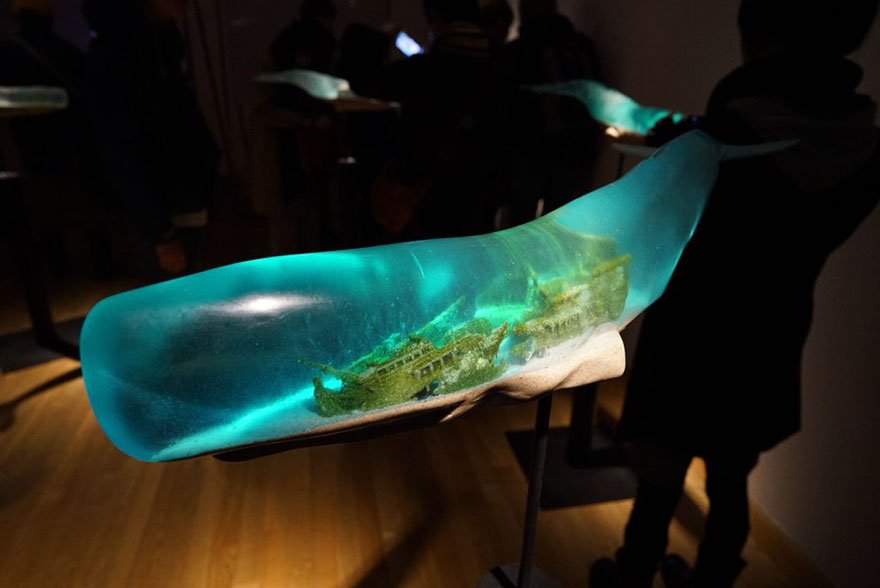
In this dimension we can know both joy and suffering, whereby it is possible to more fully explore the phenomenon and to choose the right path.
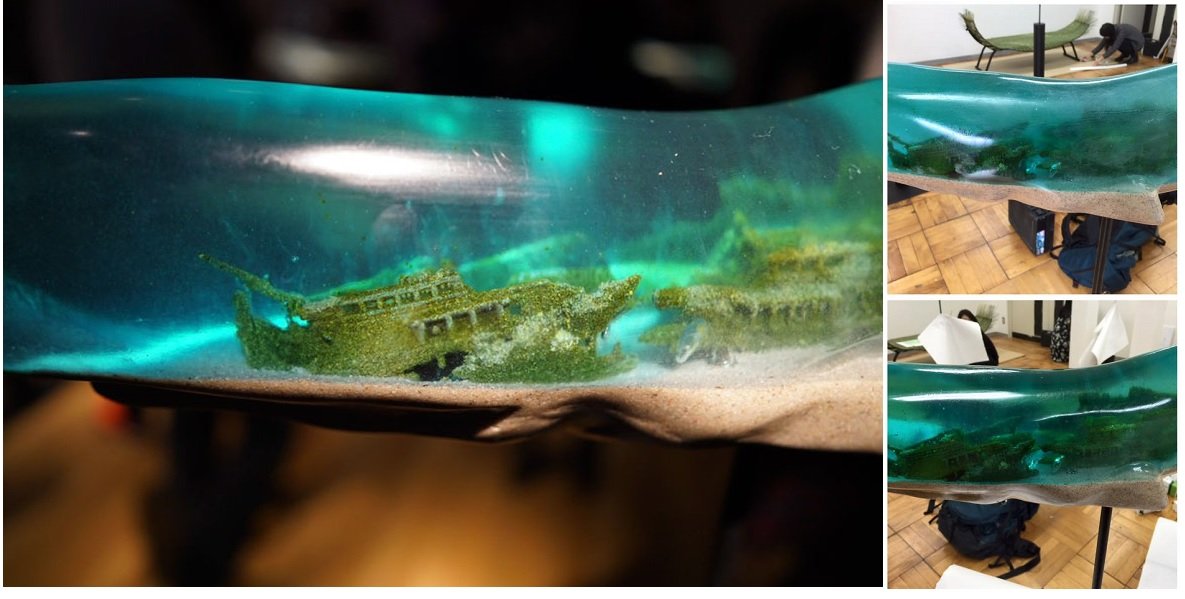
Whale with the sunken ship on the seabed insode. As a symbol of the arduous journey of a man through life, path full of shattered hopes.
The World of Demons/Demigods (Asuras)
Asuras aspire to power, the struggle, the remaking of the world, they are filled with energy of action and can feed on jealousy and envy. This rebirth occurs in those who had good intentions, but acted wrong and bring harm to others. Although, sometimes said that the Asuras are better than people, they are unhappy because they are envious of the Gods.

While the gods are related to desires and feelings, the Asuras are showing anger, pride, belligerence and bragging, they are interested in power and self-exaltation.
In Buddhist psychology state of consciousness of the world of the Asuras is the experience of rage and power, looking for the cause or justification to join the fray, it is impossible to stay calm and solve the problems peacefully.
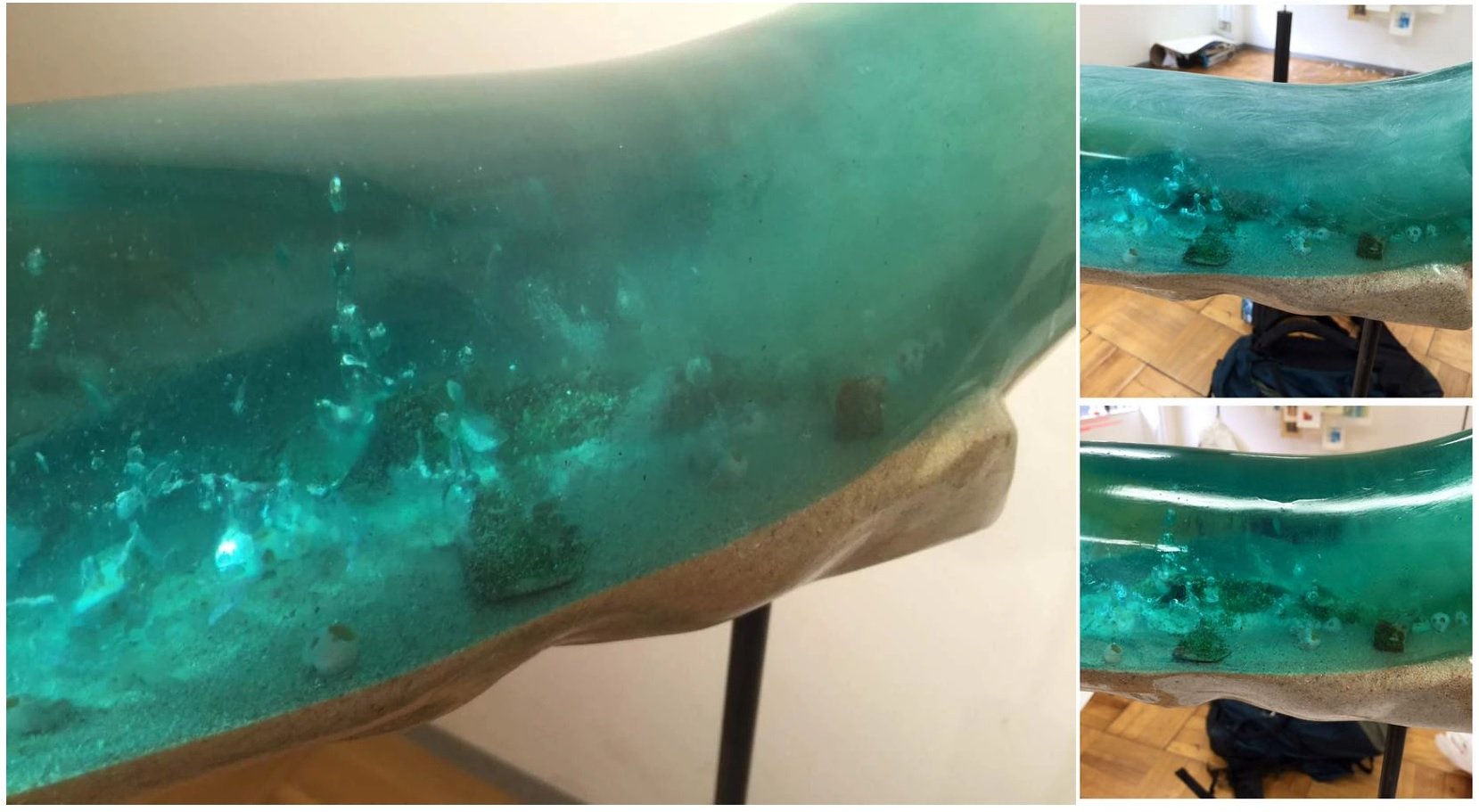
Therefore, inside the whale is a model of the aircraft (world war II), which was used by Japanese kamikaze during a suicide attacks. Around the plane lie 55 of skulls- the number of dead kamikaze pilots.
The World of The Gods (Devas)
The dimension of bliss and pride. The gods are not immortal, although the existence of the gods in the world can last long enough. The gods are not omnipotent and usually are not creators, they do not solve the problem of life and death.
They are enjoying bliss, in the folklore describes the endless balls, parties and receptions in the heavenly palaces, music and beauty, which they surrounded.
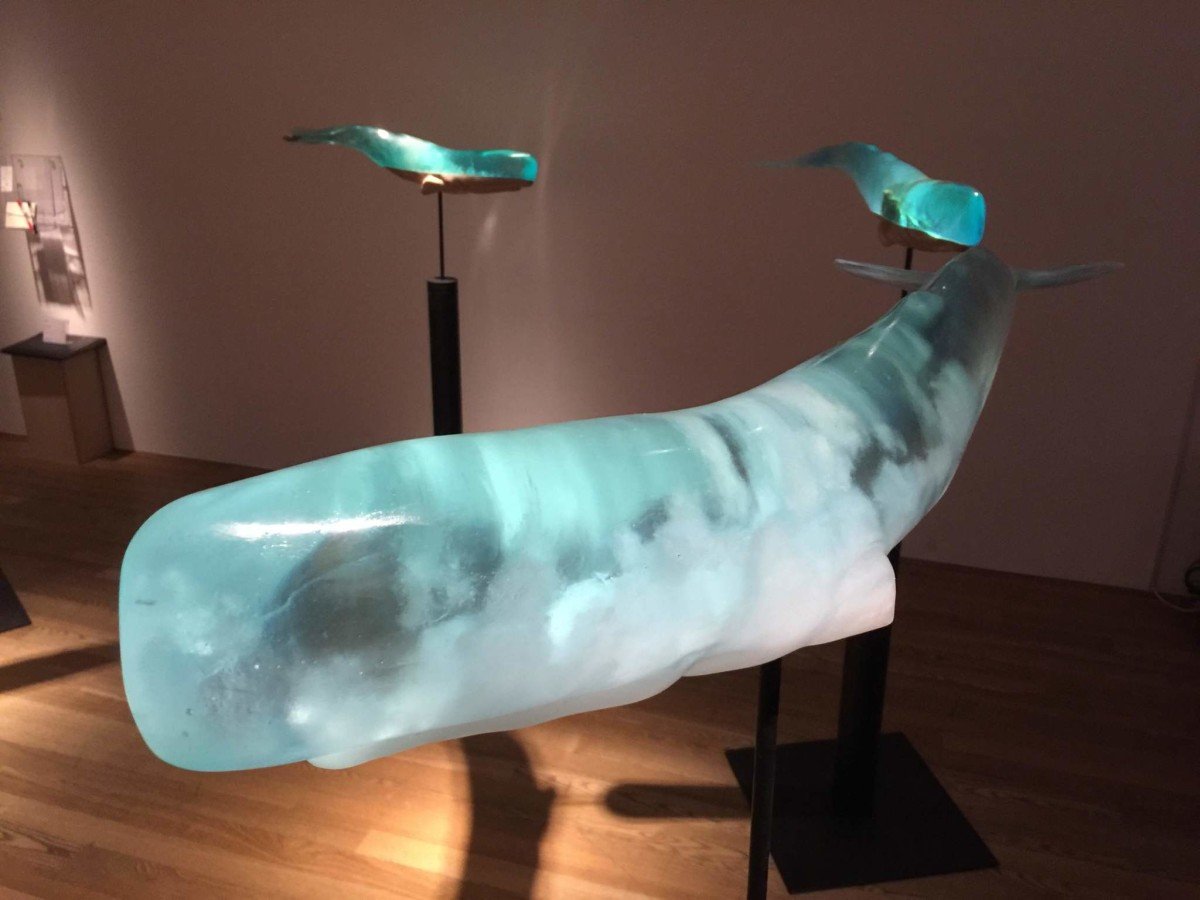
This world is almost perfect. But the punishment of the gods is eternal boredom and satiety. Moreover, they are constantly tormented by the fear that their divine existence will end and they will be reborn in the lowest of worlds.
The gods live better than people in their Kingdom, but because of pride and bliss they have almost no chance to reach Nirvana. It is also believed that Devas forget about the purpose of their existence, and unable to make conscious choices, unlike humans.

Whale's sea with flying clouds as a symbol of heaven and at the same time it is the fog that obscures the clarity of the vision of existence.
***
Another important symbolism in the work of Yamada is the use of whales as a shell for dimensions. For the Japanese, whales are a symbol of longevity, almost immortality, they believe that long-lived beings like the old items, due of their age become a vessel for spirits or even an immortal entity.
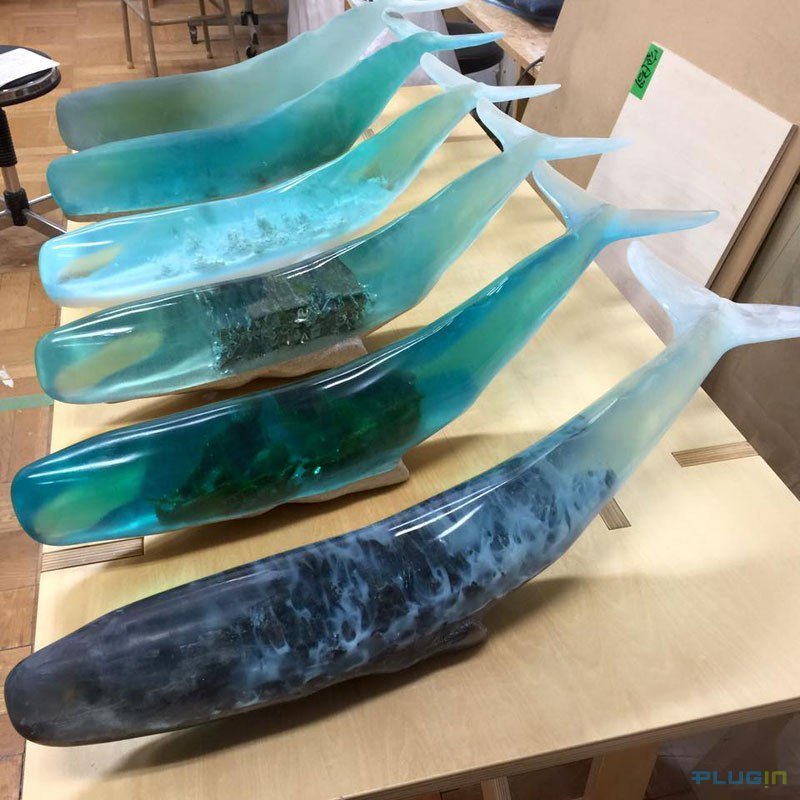
Besides whales are constantly migrating, the author wanted to express that his creativity knows no boundaries and can overcome any distance.
Yamada a very long time experimented with epoxy resin in order to achieve the desired visual effect, to create the illusion of motion. The whale tails are darker than the front part, each bubble of air inside the whale in its place. Resin also allows to get the maximum effect of the ocean.
I hope that you liked his work and you learned something new today. Personally, I didn't know about the wheel of Samsara and its dimensions, before seen these whales.

sources: isanayamadasamsara, Samsara Wiki, Isana Yamada facebook all images from Google search and Yamada's Facebook page (a little edit)

